Times change. My family life has become much busier over the last two months, and that means I have not had time to set up the camera and gather images. I will probably stay in this non-imaging mode for some time, perhaps 18 months. But I feel a need to be out under the sky, even if I can only make it as far as the back yard. And I feel like I ought to be producing something while I do that, so here I am writing.
I was out on the night of November 10. Comet Holmes is the big attraction. It was shaped like a large, diffuse C. I was using the 8-inch dob, and I was unable to see any nucleus that I could clearly identify, though a very stellar light source shone where I thought the nucleus should have been. It was still stellar at 240x, however, so I doubted whether that was it. Several stars shone through the tail.
Mars is rising. I could see some markings on the planet, but it is so bright in the dob that I would need a filter to see anything, preferably a blue filter. I had none with me. The planet is getting large, almost as large as Saturn in the eyepiece.
M42 and M43, I saw, and six Trapezium stars. The Trapezium is a small cluster of stars at the heart of M42. Most any scope will show four stars, named A-D. I have seen four stars even when using very small scopes. Usually I see five stars with the dob from my backyard, but I saw both the E and F components this night. F was visible most of the time, and E was apparent when seeing was steady at 120x and a little less apparent at 240x. It's a grand thing, to see these other stars. The Trapezium is one of my favorite targets.
M78, I also found.
R Leporis, sure enough, is a very red star. It is said to be a carbon star, one that has fused most of its hydrogen and in the process of fusing helium and heavier elements has developed a surface of carbon, which glows redder than other elements. The color was obvious against the other stars in the vicinity. I noticed the color in my 50mm finderscope.
I also saw M79, a globular cluster in Lepus. And I found S478, a beautiful, easy double star in the Lepus quadrilateral. Each component of S478 is about the same magnitude and appears white or white-blue to me.
I finished off with IC 418, a bright, oval planetary nebula (also in Lepus). It looked stellar to me at 40x, and about as bright as the 7th magnitude stars in the coathanger-shaped asterism that points to it. At 120x, the nebula looks like an out-of-focus star, but I knew it because the rest of the stars in the view were in focus. At 240x, the nebula is a bright oval. I could see no details, really, except the central star. It is such a bright object that it would have been obvious in a
much smaller telescope that can handle the magnification.
As is usually the case, the yard was quiet and dark. Many thanks to my two closest neighbors who keep their back porch lights off.




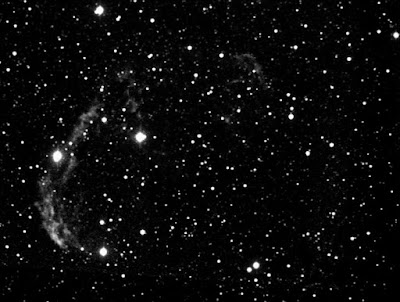

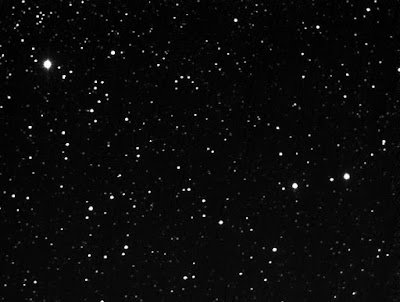
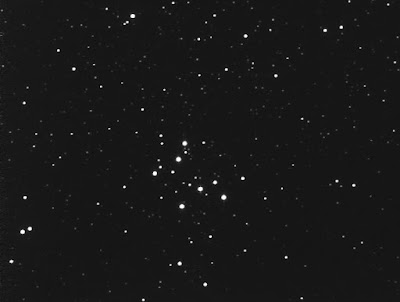
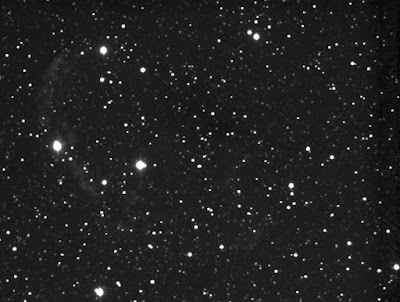
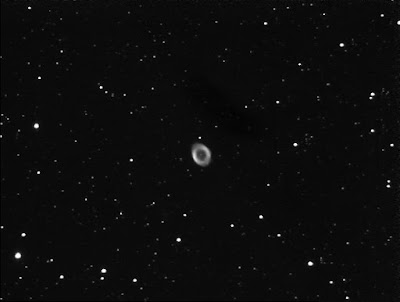.bmp)
Fixed.bmp)


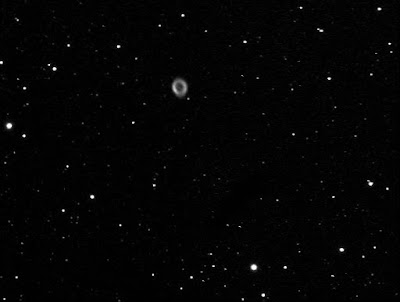.bmp)

.bmp)